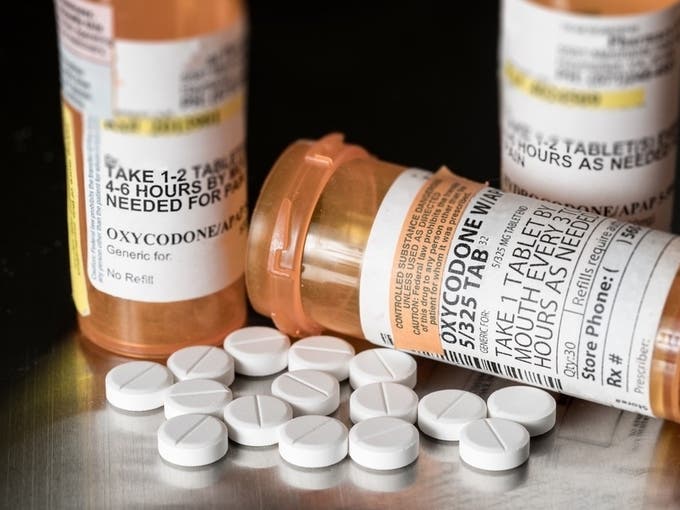Health & Fitness
Opioid 'Scripts Down In SnoCo But ODs Remain High
The number of opioid prescriptions since 2006 have decreased in Snohomish County, but the number of opioid-related overdose deaths hasn't.

EVERETT, WA — More than 220 million pain pills flowed into Snohomish County over a seven-year period at the beginning of the opioid crisis, according to a new analysis of a Drug Enforcement Agency database that tracks prescription drugs.
The database was published July 16 — then updated July 21 — by The Washington Post and covers 2006 to 2012, a period when hundreds of thousands of Americans died of overdoses or developed opioid addictions due to the wide availability of pain pills. The data show that enough pills were shipped to Snohomish County to supply every resident with about 45 pills per year.
Among Washington's 39 counties, Snohomish was ranked around the lower middle, the report shows. Statistically, Clallam County, home to Port Angeles and Sequim, received the most pills per resident over those six years — enough for every person in the region to get 76 pills each year. Pend Orielle County in Eastern Washington — population 13,300 — got 6.65 million pills, enough for 73.9 pills per person, per year.
Find out what's happening in Edmondswith free, real-time updates from Patch.
"These records provide an unprecedented look at the surge of legal pain pills that fueled the prescription opioid epidemic, which resulted in nearly 100,000 deaths during the seven-year time frame ending in 2012," The Post wrote in its report.
In 2007, overdoses caused by opioid pills jumped in Snohomish County. That year, 82 people died of pharmaceutical opioid overdoses, according to the state Department of Health; and other than a dip back down to 83 in 2010, the number of deaths ever since has varied from 90 to 145 — the highest number of deaths reported in 2011.
Find out what's happening in Edmondswith free, real-time updates from Patch.
In 2017, the year of the latest data collection, 100 people died from opioid-related overdoses.
Between 2006 and 2012, Bartell Drugs Frontier in Lake Stevens received roughly 5.14 million pills — the most among Snohomish County pharmacies. The top five was rounded out by Thrifty Payless Inc. in Arlington (5.03 million), Walgreens in Everett (4.89 million), Kaiser Foundation Health Plan of Washington (4.88 million), and Walgreens in Lynnwood (4.35 million).
Beginning in 2012, the state began publishing data on opioid prescriptions through the Prescription Monitoring Program. The PMP allows prescribing doctors to see if patients are using other controlled substances, partly in an effort to eliminate patients who "doctor shop" to get narcotics, according to the DOH.
Opioid prescriptions have lessened dramatically in Snohomish County since the PMP went into place. During the first quarter of 2012, there were 107.3 opioid prescriptions per 1,000 people in the county. But by the fourth quarter of 2018, that was down to 69.5 prescriptions per 1,000 people.
As prescriptions for opioids dropped, however, people who had become addicted turned to alternatives like fentanyl and heroin. Heroin use began to spike in 2010, according to the Centers for Disease Control, and fentanyl overdoses exploded nationwide beginning in 2013.
In 2016, 11 Snohomish County residents died after overdosing on fentanyl.
Meanwhile, prescriptions drugs that treat opioid use disorder have skyrocketed. There were about 5,000 Medicaid patients getting medication-assisted treatment (MAT) prescriptions in 2013 — but MAT prescriptions were up to 21,500 statewide in 2017.
Statewide between 2006 and 2012, 452,997,371 pain pills were shipped to Washington, according to The Post's analysis. More than half of those pills were made by the pharmaceutical company SpecGx LLC, which is a major manufacturer of oxycodone and hydrocodone.
For more information on how the opioid crisis has affected Snohomish County, visit www.doh.wa.gov or snohomishcountywa.gov.
Washington Patch Editor Neal McNamara contributed to this report
Get more local news delivered straight to your inbox. Sign up for free Patch newsletters and alerts.